Articles

Equine anaesthesia part two – maintenance and monitoring
This article looks at the main considerations involved in the maintenance and monitoring of equine patients during general anaesthesia. ...

Radiography techniques and their interpretation in practice
Equine vet Gemma Tyner looks at the technique and principles involved in taking foot radiographs....
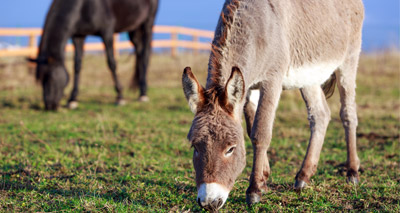
Donkeys need more protection from winter than horses, study finds
Donkeys’ coats are much lighter, shorter and thinner than those of horses and mules in winter. Coats are much lighter,...

BHA vet receives outstanding achievement award
Anthony Stirk received the Outstanding Veterinary Achievement Award. Anthony Stirk reduced racing fatalities by a third The British Horseracing Authority’s...
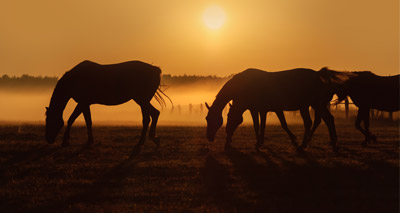
Gene therapy ‘can cure lameness’ – study
The research team believe this gene therapy could offer a much faster healing time. Research may also have implications for...
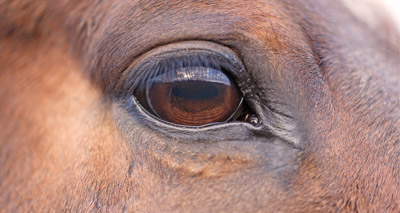
Vets react to extreme breeding in horses
El Rey Magnum (not pictured) is a nine-month-old colt bred by Orrion Farms. Arabian show horse at risk of breathing...
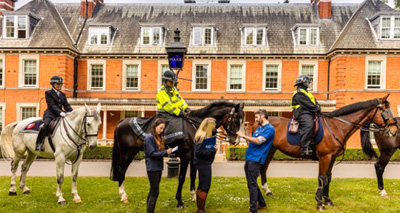
‘Quarter of horses with back problems also lame’
London’s Hyde Park Police Horses lining up for National Equine Health Survey. Latest NEHS offers insights into equine health Over...
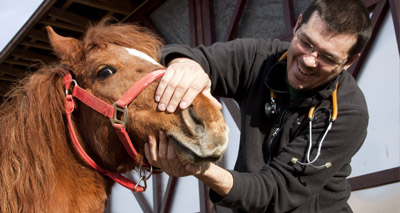
Equine vets vote against corporatisation
"Whether we like it or not corporatisation of equine practices is on the rise" – BEVA president, John Chitty. BEVA...

Prevention of allergic skin diseases in horses
Managing allergic skin diseases is often a challenging experience for both practitioner and owner. ...

Equine anaesthesia – part one
In the first of a three-part series on equine anaesthesia, equine nurse Marie Rippingale covers pre-operative patient preparation and induction. ...

